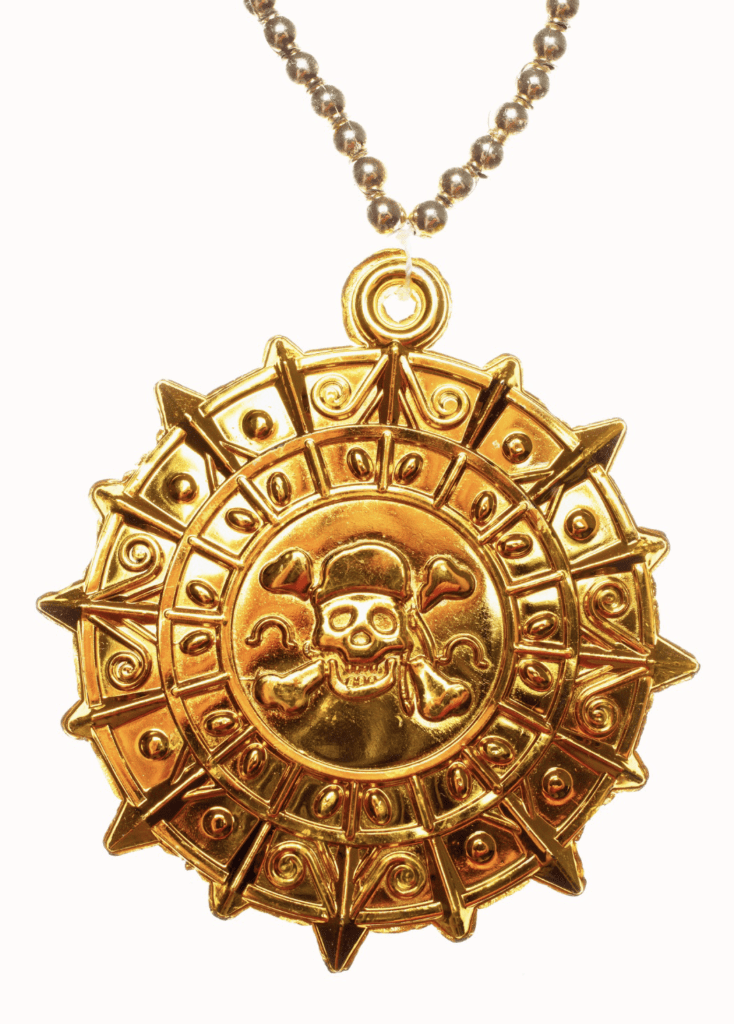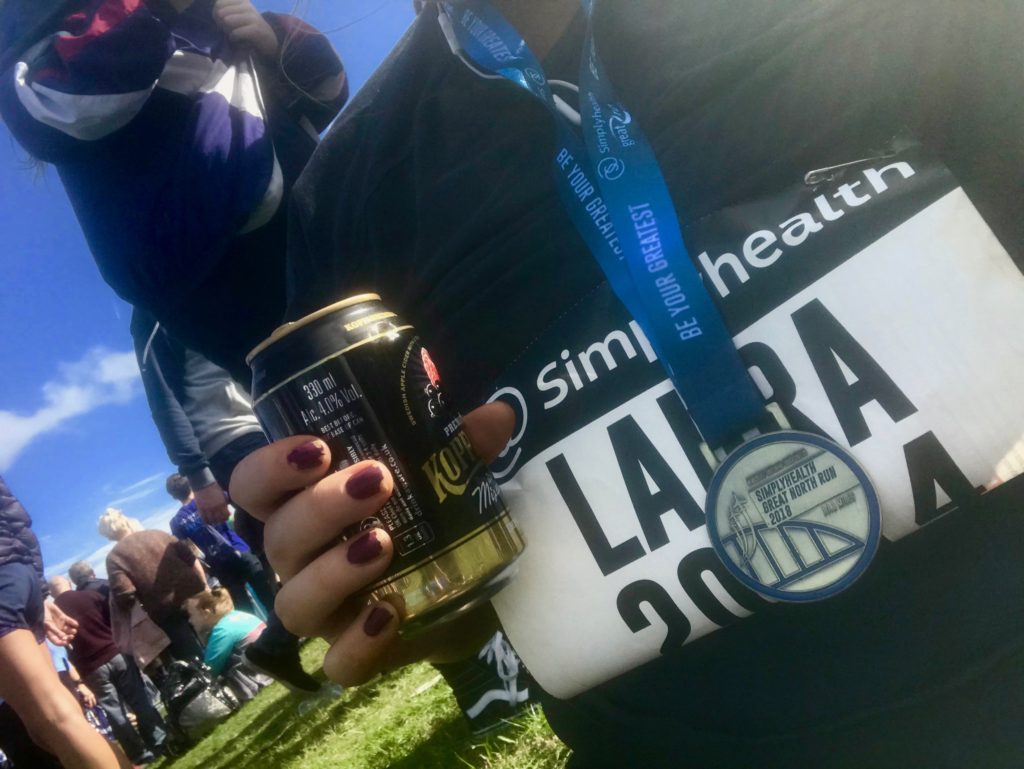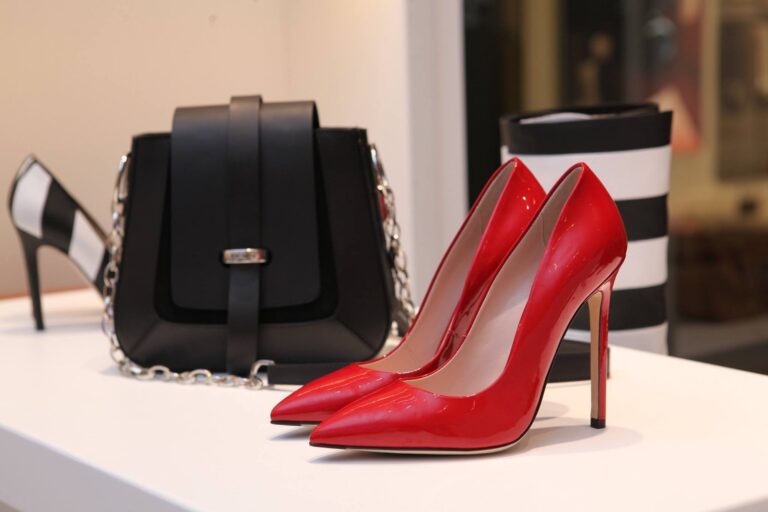A long time ago, bespoke medals and casts were nothing more than metal pieces with flat shapes and designs. However, casts are increasingly becoming works of art in and of themselves as production processes and design improvements.
It’s important to note how advances in production technology have led to a broader range of options previously only available to the largest corporations with deep pockets for custom orders.
Until recently, event planners and corporations looking for custom-made casts had a limited number of options. Most of the items on the market are on pre-existing designs that could only be modestly customized – for example, by attaching them to pre-existing stickers.
Throughout the years, more and more options have become available. As a result, there was a shift away from mass-produced goods to custom-made ones. Ultimately, a company’s originality sets it apart from its competition. The two types of custom cast medals and medallions present in the markets today are 2D and 3D.

Easy to Spot Differences between 2D and 3D Cast Medals and Medallions
What are Cast Medals and Medallions?
Injection of molten zinc alloy into a casting mold produces cast medals. Unfortunately, some companies that make cast medals provide defective products. However, many experienced companies have a perfect cast medal of exceptionally excellent quality.
What are 2D and 3D Cast Medals and Medallions?
2D Cast Medals and Medallions
The 2D technique is the most common and widely used method for manufacturing casts. On the finished form, you can place patterns on the project that the manufacturer will recreate in two planes, concave and convex.
Because of the inexpensive cost of making the mold, 2D technology casts are a great option. It’s ideal for designs with simple inscriptions, logotypes, or other visual components.
Face features, for example, can’t be depicted in 2D products because they demand a lot of attention to detail.
3D Cast Medals and Medallions
With the 3D methodology, individual details can be far more complicated than the 2D method. However, it is now possible to duplicate all the impossible elements to capture in a 2D project. Thanks to the addition of a third dimension design.
Because of this, projects showcasing complex components like faces, buildings, or automobiles are ideal candidates for the 3D casting technology. In addition, designs created using 3D technology have a more upscale appearance, making them ideal for premium product quality industries.
As production technology and machines have improved, 3D molds have become an affordable option for most customers who value distinctive designs.
2D and 3D: What is the difference?
Depending on your design, manufacturers can either employ a die struck or a die-cast manufacturing process. They consider three main elements when determining whether or not to cast or stamp your order.
1. Art
This subject baffles most people who want a cast medal or medallion. Custom pins, medals, and coins are all three-dimensional objects. They have a lot of depth and thickness. However, the mold’s engraving is the deciding part.
Die Struck, a 2D method, is used to create the vast majority of the items. There may be two or three levels of stamping. Because the stamping is all the same thickness, there are no protruding items or curves on the base of the stamp.
With 3D, it’s more challenging to see the final output. The factory uses AutoCAD to extrude the design after being designed “flat” by manufacturers.
2. Size and Thickness Preferences for Your Cast Medal
Stamping presses can handle products up to 3 inches in diameter and 2.5 millimeters in thickness. As a result, manufacturers cannot use stamping to produce massive, thick products. Instead, they will use casting if your product has a curved face or if you desire a 5′′ wide medal.
3. Are There Any Holes or Openings in your Products
It may be impossible to add cut-out areas if the manufacturers utilize the die-struck process. Manufacturers also use cast when dealing with projecting or pointed objects.
3D Cast Medals and Medallion: In What Ways can you Use it?
Incorporating curved or three-dimensional components is an excellent technique to spice up your medal design. Unfortunately, it’s difficult to tell the difference for a first-time medal buyer. Manufacturers can use 3D in two different ways, and this section explains both.
There are two techniques to design sports medals. First, medals are three-dimensional objects, but you’ll learn about the etching on the mold here.
It is essential to distinguish between the two because the 3D set-up charges can be double the 2D designs. That’s because making a mold takes so long.
When to Use 3D in Die Struck Paints?
The die-struck procedure can accommodate 3D printing. However, when it comes to 3D, it’s usually just a flower or leaf. In some cases, it is necessary to raise the thickness of the base metal to engrave the medal sufficiently thick.
When to Use 3D in your Cast Medal Design?
Complex designs are a primary consideration when deciding between a cast product and a fabricated one. You can make the medal as thick as possible, which provides additional room for “going deep.” Adding a decorative ribbon tie-on is an option as well.
Conclusion
Creating a mold for your medals necessitates a one-time fee for the die. Based on the manufacture of 2-D designs, the prices are a die price reference for the most popular custom cast medals and medallions sizes.
Adding £30.00 to the pricing is necessary if the design needs to be 3-D (raised, like the Queen’s head on a coin) because many manufacturers include VAT in all pricing.
You can select the front die and back die process. The front die will cost you around £139-£209, and the back die is equivalent to 50% of the front die. You must contact a reputable manufacturer or visit this link and buy quality, valuable medallions.




